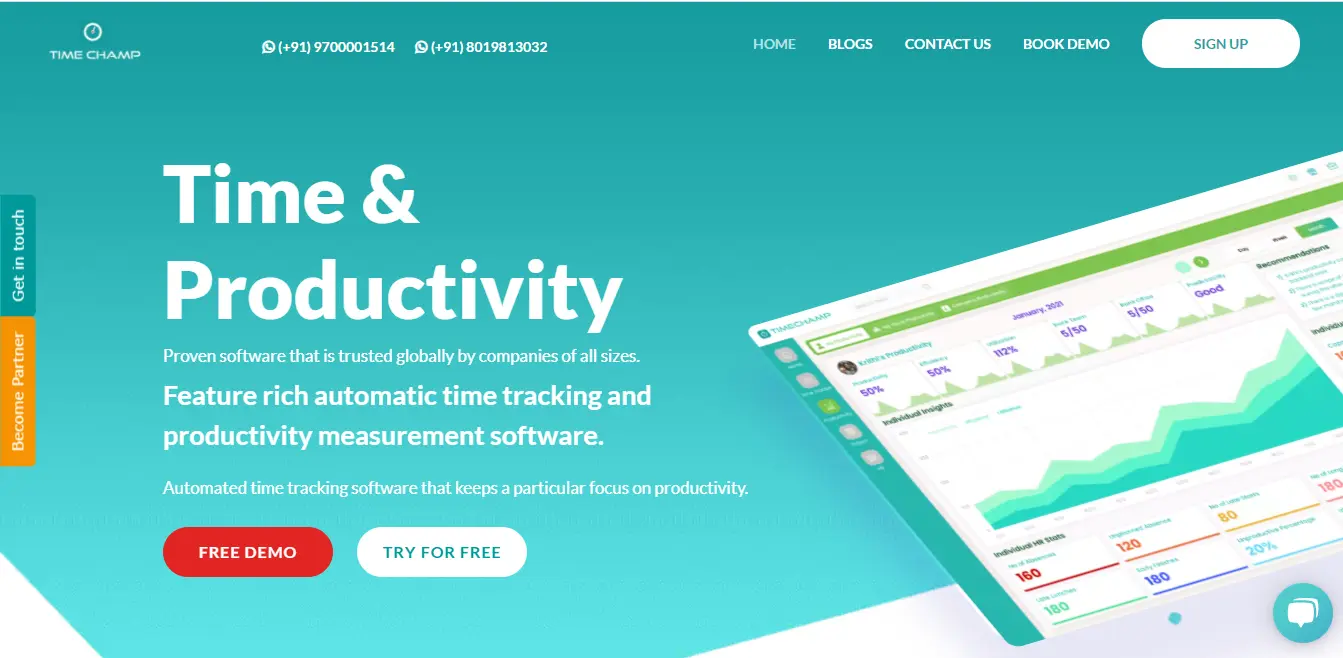
The term remote work was coined in the '90s but we get familiar with it during the pandemic condition.
Before the pandemic, employers were seriously opposed to the idea of remote work. Managers assumed that people would give in to the distractions at home, which can affect their productivity.
The truth is that remote work isn’t just an idea. It is a reality. More and more companies are using it as their primary method of employment, with no plans to go back.
Businesses are changing their organizational structure to meet this new trend: teams become greater, defined roles become less important, and the hierarchy starts to disappear.
Other companies are attempting to copy the success of remote work, but they aren’t doing it right. Here's why you should give remote work some time before increase.
.webp)
When work-from-home was imposed during the first wave of coronavirus, most employers were concerned about the productivity of their employees.
They were worried about the productivity of their staff members, especially since they would not be under the constant supervision of managers.
During the start of lockdown in March 2020, the community platform surveyed remote workers. The research discovered that work-from-home employees were more productive than their office-based counterparts.
Remote work is becoming a mainstay for many companies as more and more people are choosing to work from home or other locations on the rise.
Controlling where you decide to work from home can have many perks, but there is also a darker side to remote working that employers know so they started to equip themselves with tools and techniques which help them to maintain the productivity same as office time.
Tools like employee monitoring software, video conferencing, chatbox, meeting reminder, and many more according to their needs.
Time Champ one of the great employee monitoring software which helped employer to be more productive during the pandemic condition.

Based on past trends, by the end of 2021, 25-30% of the US workforce will work remotely more than one day a week.
Most of the big companies like Google, Facebook gave work from home till the end of 2021 and it may continue in the future also. By seeing this implementation by MNC small and medium companies also providing work from home to their employees.
Trust is a vital factor in implementing remote work. Before the pandemic, managers used to control their employees in person. However, over the years, we’ve come to understand that while micromanagement gets results, it doesn’t work in the long run.
Thanks to remote work tech, officials no longer have to worry whether their WFH employees are working or not. For instance, a time tracker like Time Champ can monitor a person’s productivity.

Time Champ takes random video recordings and screenshots of a user’s desktop. What’s more, it monitors website and app usage.
On the dashboard, team leaders can see the apps and websites that take up the most of the working hours of their employee’s time. It even clarifies their activity levels based on their keyboard movements and mouse clicks.
During the height of the pandemic, Time Champ helped businesses ensure efficiency, accountability, and productivity among their employees.
With managers and staff members getting used to remote work tools, concerns about teamwork are improved.
Also, without the worry of the daily shift, employees are more engaged and happier. Indeed, a remote workplace brings more productivity and profit to the company
Next step Book a Demo and Sign up with Time Champ.